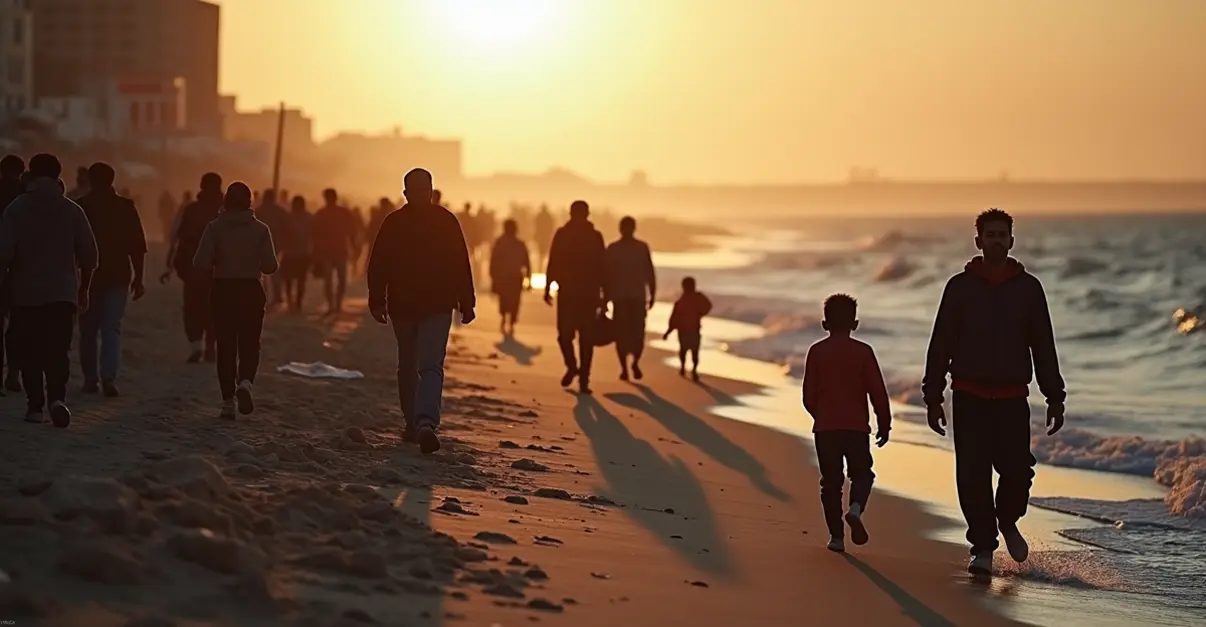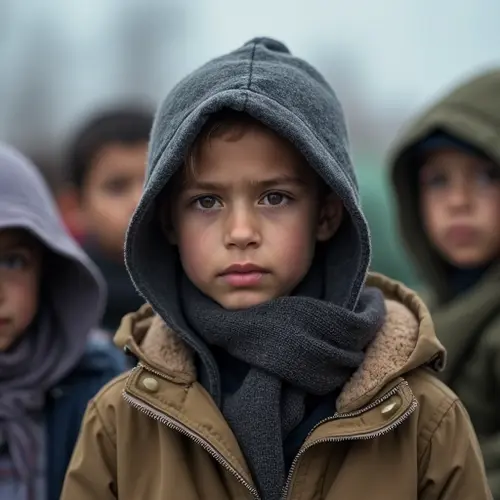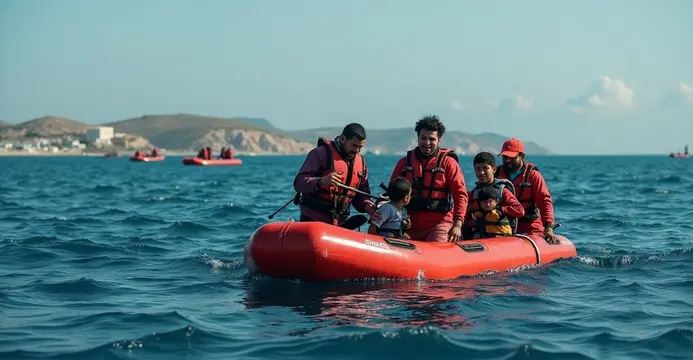At least 50 Sudanese migrants died in a boat fire off Libya's coast. Only 24 survivors were rescued from the vessel carrying 75 people attempting the dangerous Mediterranean crossing.

Tragedy Strikes Off Libyan Coast
At least fifty Sudanese migrants have perished in a devastating fire aboard a vessel attempting to cross the Mediterranean Sea off the coast of Libya. The boat, carrying approximately 75 people, was making the dangerous journey to Europe when flames engulfed the craft, according to the International Organization for Migration (IOM).
Rescue Efforts and Survivors
Rescue teams managed to save 24 survivors from the burning vessel. IOM personnel provided immediate medical assistance to those who escaped the tragedy. 'This is yet another heartbreaking loss of life on the world's deadliest migration route,' said an IOM spokesperson who requested anonymity due to the sensitive nature of the operation.
Libya's Role as Migration Hub
Libya has served as a major transit country for African migrants seeking European shores for years. Most migrants originate from various African nations, with human smugglers operating extensively throughout the country. These smugglers charge exorbitant fees for passage on unseaworthy, overcrowded boats that frequently meet with disaster.
Alarming Statistics
According to IOM data from 2024, at least 2,450 migrants died or went missing attempting to cross the Mediterranean. The organization estimates that over 850,000 migrants from 44 different countries currently reside in Libya, many awaiting dangerous sea crossings.
International Concerns
Human rights organizations and the United Nations have repeatedly sounded alarms about the mistreatment of migrants in Libya. The country's political instability and ongoing conflicts have created conditions where migrant rights are routinely violated.
The Mediterranean migration crisis continues to claim thousands of lives annually, with the Central Mediterranean route from North Africa to Italy remaining particularly deadly. For more information on migration patterns and statistics, visit the International Organization for Migration.

 Nederlands
Nederlands English
English Français
Français Deutsch
Deutsch Español
Español Português
Português






